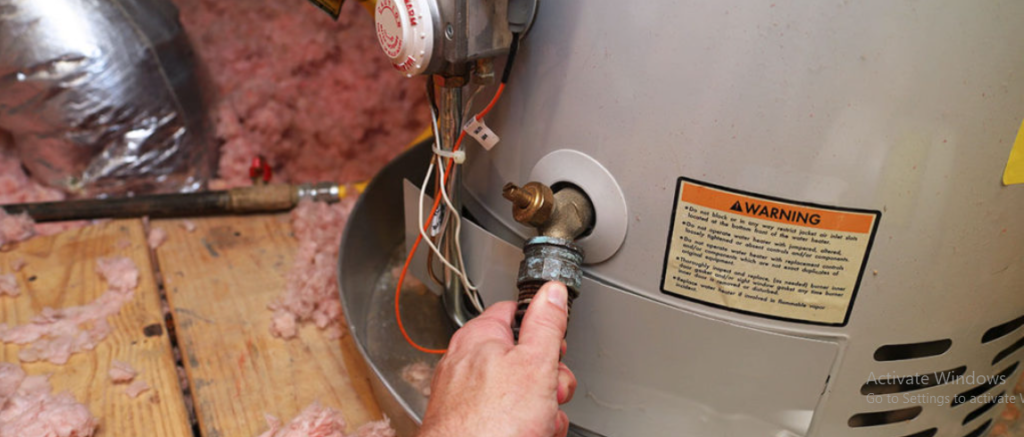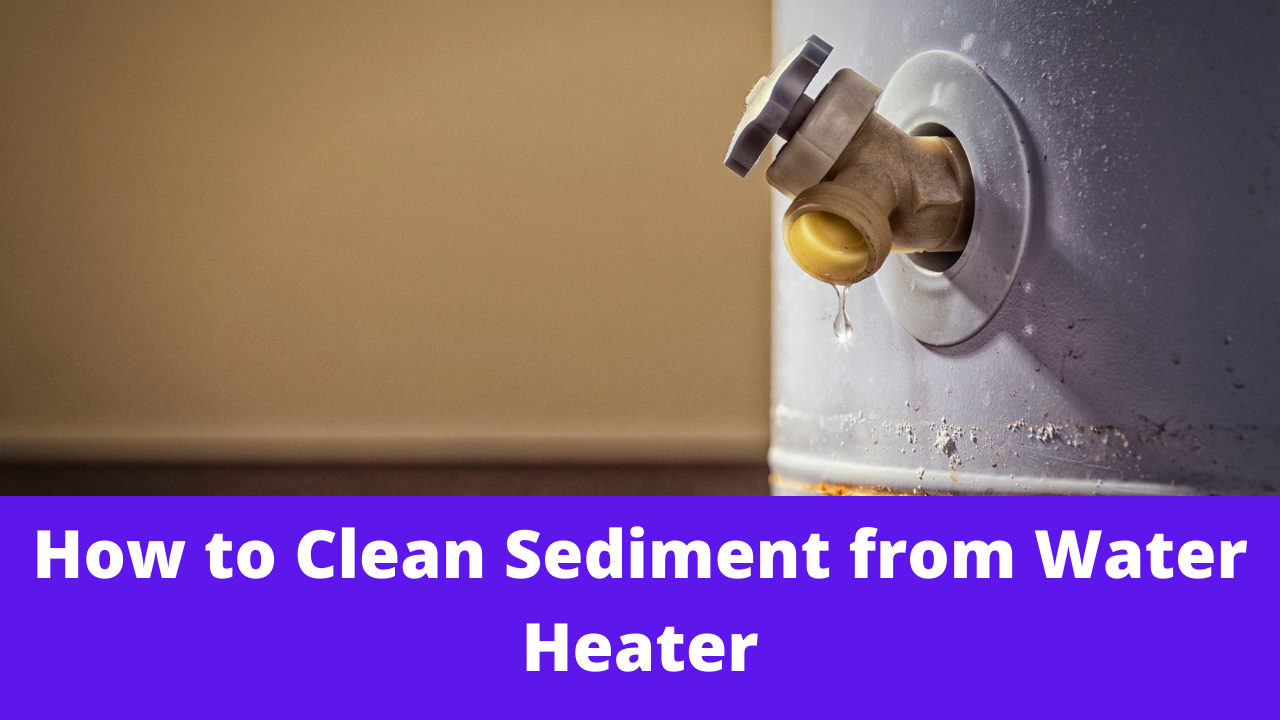A hot water heater is an essential unit in every household and something that should be able to provide hot water streaming without hassle so, we are only left with two options—either to be extravagant and buy a new one when needed or maintain the health of the unit with regular cleaning. The second option is way convenient as it will endure the system as well. All you have to do is take care of sediment and limescale deposition of the unit. In this blog, we are sharing some tips like how to clean sediment from a water heater so you can do it yourself.
What is Sediment?

You might have observed a white-yellowish mineral (calcium carbonate and magnesium) deposit at your storage tank that does not come out by scaping it. This is sediment. It is sometimes found at the heating element too while the water is heated.
This decreases the efficiency of the heater and takes more time to heat or decreases the water temperature. The sediment build also depends upon the type of water (hard water or soft water).
Hard water possesses a high amount of minerals that percolate the different deposits like gypsum, chalk, or limestone, mainly a product of calcium carbonate, sulfate and bicarbonates. While the soft water is of any kind of dissolved salts unlikely to the hard water.
What are the Reasons that Causes Sediment?
The minerals present in the water when heated get separated from the water and settle at the bottom of the tank. This deposit of minerals can cause damage to the heater by affecting the water temperature and begins to take a lot of time.
This is something that can occur on a daily basis and happens frequently for the hard water. Thus, flushing a hot water heater is necessary which is something most of the users are unaware.
It can apparently minimize the estimated durability of your unit as well as the functionality of the water heater.
In case, the water heater has got sediment here is how you can remove it without the help of any professional.
How to clean sediment from the water heater?

To clean the sediment from the water heater, here is what you can do.
Step 1: Turn off the Water Heater
In the case of an electric water heater, you can simply switch it off however, if you have a gas water heater, find the knob of the thermostat and turn it to PILOT settings. This will turn off the heating element.
Note: Make sure no one is using the hot water before starting the maintenance.
Step 2: Turn the other Valve off (Cold Water)
The next step that you have to do is to turn off the cold water supply. This will prevent the cold water from streaming inside of the water heater so, the water tank can be totally drained. Similar to turning off the heater, this step is essential without which the water flow will make it difficult or impossible certainly to proceed with the process.
Step 3: Wait till the Water in the Tank Cools
After performing the above-mentioned steps, the next part is to wait till the water in the tank cools down. The scalding water is likely to cause physical harm so, it is better to wait for the heating element to cool down as well. It will take around two hours if the tank size is large.
Step 4: Attach a Garden Hose to the draining Valve
Later, find the drain valve placed usually on the side of the water heater and attach a hose. Make sure that the hose is fixed perfectly in order to prevent leakage.
Step 5: Placing the other End of the hose in a Bucket or Drain
Since the water coming out of the hot water heater tank is clean, instead of wasting it, place a bucket on the other end of the hose and utilize it somewhere else. If not, then put it in or near the drain to prevent water puddles.
Step 6: Turn the Water Faucet On
To prevent the air vacuum, turn on the hot water faucet and let the water run through it. The water flow would be less so don’t worry about it. This is happening because of the closed connection of the water supply.
Step 7: Let the Water Tank Drain
On the other side, take a flathead screwdriver, and turn the valve on slowly. Make sure there are no water leaks.
Step 8: The Final Step
After draining the water heater tank completely, the final step is to turn the drain off again once the tank is empty even the sediment is drained out.
Now, repeat the steps again but in the other way. Turn off the drain valve, remove the hose safely. Turn on the water supply of the cold water to fill the tank and turn on the heating element. Keep the tap running till it begins to flow the water in the regular amount.
Test the water heater as it will take almost 30 minutes to see it working back regularly.
In the End
In order to maintain the durability of the water heater, it is better to take care of sediment deposition in the tank water heaters. Try not to ignore it if you have found any traces of such deposit in the beginning, it can minimize it without compromising the efficiency
